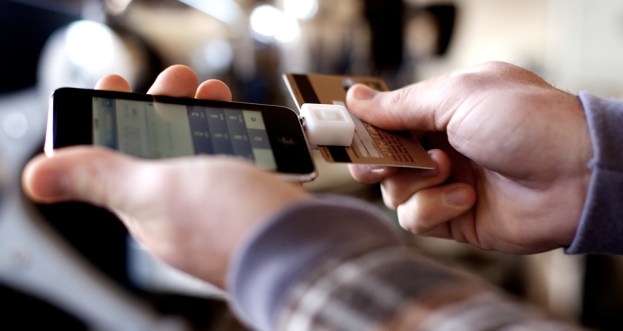
Square’s Card Case app recently launched on the iOS platform allowing consumers to make purchases at local stores without handing over a credit card. Similar to a Paypal account, the consumer can place a payment platform on file and take a picture of themselves to verify identity. Within the app, the consumer clicks on the merchant tab while in the store and the merchant clicks on the name tab of the customer to make a purchase. Since a credit card is on file, the merchant doesn’t need to swipe the card and a receipt is automatically sent to the email address linked to the account.

In addition to Card Case, Square release speed enhancements to the iPhone and iPad applications to decrease checkout time to under four seconds. Square also removed the need for a signature for all purchases under $25 and improved the interface for tipping service workers at merchants like coffee shops or restaurants. In addition, Square added the ability for merchants to add $0.00 items into the final transaction. This allows merchants to include add-on items to the purchase like adding free toppings to a scoop of ice cream.
In a recent study in the U.K., Apple iPhone owners are more likely to make purchases with a mobile device than other smartphone owners. Forty-five percent of iPhone owners would use the smartphone to make a purchase in person compared to an average of 17 percent over all smartphones. In addition, 69 percent of iPhone owners use the phone to check bank balances and 62 percent use the phone for transferring funds between accounts.
Editors' Recommendations
- iOS 17: How to show battery percentage on your iPhone
- How to control notification badges on your iPhone and iPad
- Check your Apple Card right now — you may have a crazy 10% cash-back promo
- How to share a Wi-Fi password on iPhone or iPad
- How to blur backgrounds on FaceTime calls


